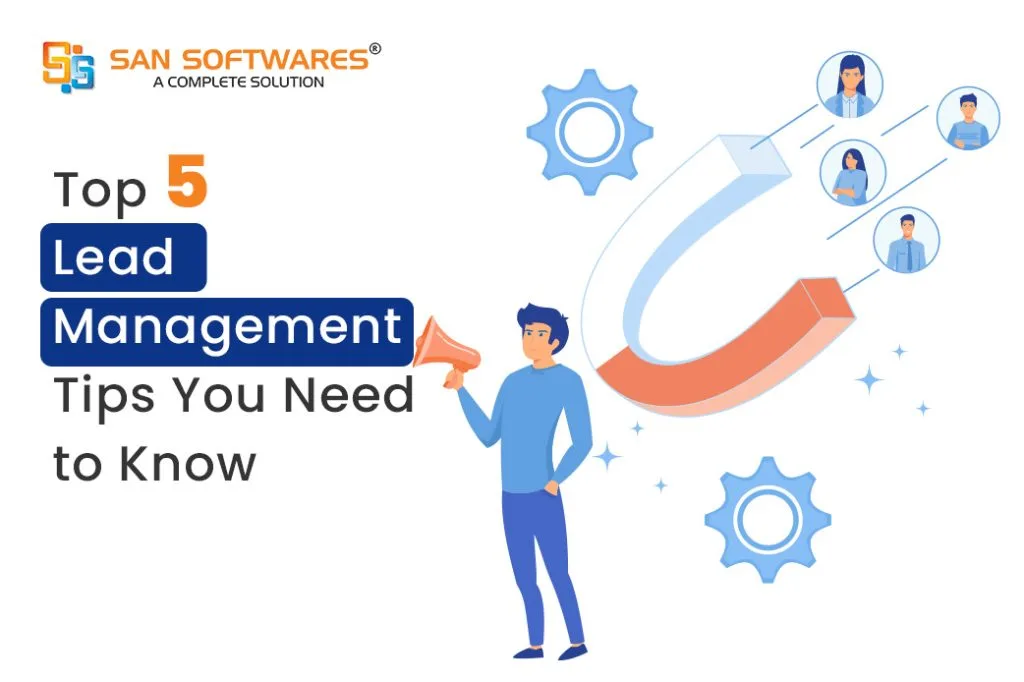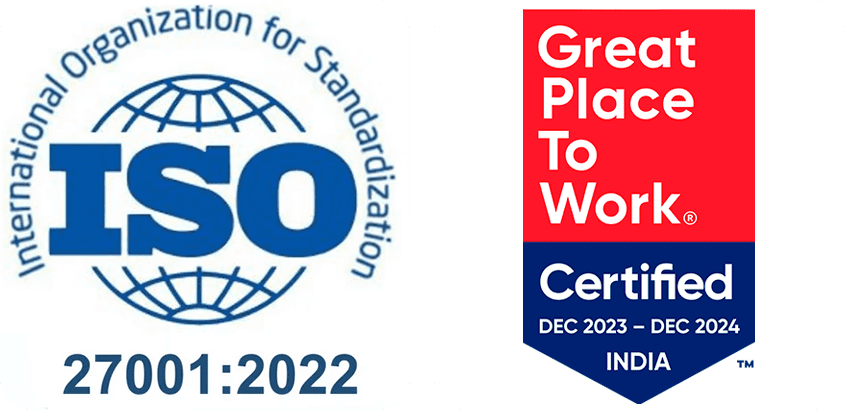
Any business that seeks to grow and succeed needs a sound lead management system. This involves systematically collecting leads and following them until they become loyal customers. By utilizing a lead management software or tool integrated with the company’s CRM, firms can improve their processes and increase conversion rates. Below are the major stages of this lead management process and some best practices that can keep you on top.
The first stage of the lead management process stages is lead generation. It means attracting potential clients through different channels such as social media, email marketing, webinars, and content marketing. The aim is to generate interest in your product or service offerings and convince prospects to leave their contact details.
Use many platforms: Broaden your horizon by reaching out across various platforms for more prospective customers.
Offer quality materials: Develop high-value content that responds to your target market’s issues.
Adopt lead management tools: Using software to manage leads could minimize manual errors while ensuring no opportunity is unattended.
Presenting a versatile VedaERP that ranges from the Lead Management Software with real-time potentiation to the Purchase Management Software with the most efficient acquisition system, not skipping the E-Invoicing with the integrated API, and the flexible Project Management Software for planning and scheduling. Employ VedaERP’s lead rating tools to identify potential clients and serve them effectively, as they help increase efficiency and sales results.
The next ladder level is leads conversion, which follows interest generation. This includes capturing information from potential consumers using forms, landing pages, or signup forms. Lead capture specifies that you have all the required information for follow-up and subsequent stages of the lead management process.
Design compelling forms: Your forms should be straightforward and easy to understand, and they shouldn’t request a lot of information that is not necessary.
Optimize landing pages: Make flash landing pages simple, straightforward, and coherent with your campaign.
Integrate with a lead management system: Leverage a lead management tool to capture all the lead data and information to help keep track of them, simplifying the process.
Leads are different once they are generated, meaning that all leads should be treated equally. Lead nurturing analyses the captured leads to determine how likely they will purchase the products to become customers. This facilitates concentration on the leads that are more likely to make sales.
Set criteria for qualification: This should be done after defining clear categories involving the level of engagement, the budget, and the buying time frame.
Use scoring models: Synchronize lead scoring models with lead ratings that help define the level of activity of the leads.
Leverage lead management tools: Popular tools help effectively set up the scoring and qualification with the help of the lead management system software.
Lead nurturing is cultivating relationships with those who have expressed interest in a business’s offering to deliver relevant information to them consistently. It aims to help leads progress through the funnel or the process until they are willing to buy.
Segment your leads: Market segmentation by interest, behavior, and buying cycle of the consumers or buying criteria helps group leads.
Personalize communication: Ensure that you use messages specifically customized depending on the category of each given lead segment.
Automate follow-ups: Follow-up emails and reminder messages should be done automatically by Lead Management System Software to maintain organization and standard of communication.
The last process is lead conversion, whereby the identified business leads are turned into consumers out of the market. The funnel’s final stage calls for proper sales tactics and transitions from the marketing to the selling division.
Align marketing and sales: Make sure both teams understand the goals, the strategies you will implement, and the measures that will be employed.
Provide sales enablement tools: Ensure the sales team has everything required to sell and negotiate for the products well.
Track and analyze performance: Measure conversion rates and analyze the required changes with the help of lead management software.
With the help of the five most significant stages of managing leads and the presented best practices, companies can improve lead conversion rates and develop their organizations. Using a robust lead management tool or lead management system software is imperative to automate the processes and have a mechanism for the organization along with getting the leads’ behaviour.
Hence, here are the top 5 lead management best practices you need to know: To summarize, here are the top 5 lead management tips you need to know:
Applying these lead management tips you need to know into your process, you can increase the efficiency of specific operations and, as a result, get better results for your business. It is advisable to go for the best lead management system software in the market as it gives one a competitive edge, and the system continues to expand.
SAN Softwares is a company dedicated to providing complete software solutions to Corporate and end-user customers.

SAN Softwares is a company dedicated to providing complete software solutions to Corporate and end-user customers.
